Volvo’s now-familiar R-Design styling clothes a car that is as comfortable, functional and versatile as you would expect, although load-luggers should note that the Volvo V60 isn’t, nor ever has been, the most spacious car of its kind for either people or cargo.
Open the driver’s door and you find a seat that looks sporty but is also accommodatingly large, supportive in all important aspects and lovely to sit on over long days at the wheel. Extending cushions for the longer of leg are included as standard; head restraints are of the fixed, integrated kind, but were found by our testers to be well shaped and positioned; there is effective and adjustable lumbar support; and the side bolsters are effective when needed, but not intrusive in daily driving or when sliding in and out of the car.
Second-row space is only about average for a mid-sized executive estate, and Volvo’s preference for carrying the hybrid drive battery within what might otherwise be the transmission tunnel would oblige any middle-seat back-row passenger to sit with their legs astride it.
Even so, adults of average height can travel in the back comfortably enough in the outer positions, and our test car’s optional Lounge pack panoramic sunroof didn’t seem to affect available head room too adversely.
Our test car had a fairly dark mix of standard leathers, darker fascia materials, and chrome- and aluminium-look metallic trim, which gave it a very contemporary ambience, but lighter, two-tone mixes of upholstery and natural-look trims are available. Material quality standards are a little understated, but the car’s various switches and fittings generally feel very solid, robust and reassuring.
In-cabin space is in slightly short supply, the V60’s door storage bins being a little small, and its armrest cubby particularly shallow – which tends to lead to the cupholders being seconded to hold wallets and phones instead.
The car’s digital instrumentation display is clear and easily navigable, and its Sensus Connect portrait-style infotainment system is easy to get on with – although both systems are due for imminent replacement on 2023-model-year cars.
That the V60’s boot is only medium-sized for a car of this type is a little disappointing, because you can’t help assuming a Volvo wagon will automatically lead its class in that respect, but it isn’t intruded on by the sort of raised floor that some PHEVs suffer.
The powered bootlid, with its ‘virtual pedal’ remote opening, can be triggered inadvertently if you are squeezing behind the rear of the car having reverse-parked close to a wall or an obstacle, which could certainly cause exasperation if it led to dented bodywork. We would happily have done without it.
Inside the boot itself, Volvo’s load area is supremely well managed and appointed thanks to a brilliant pop-up lateral boot divider, plenty of bag hooks and lashing eyes, a ski hatch, a 12V power socket and even a bit of under-floor storage (though sadly not enough to store the charging cables).
Infotainment
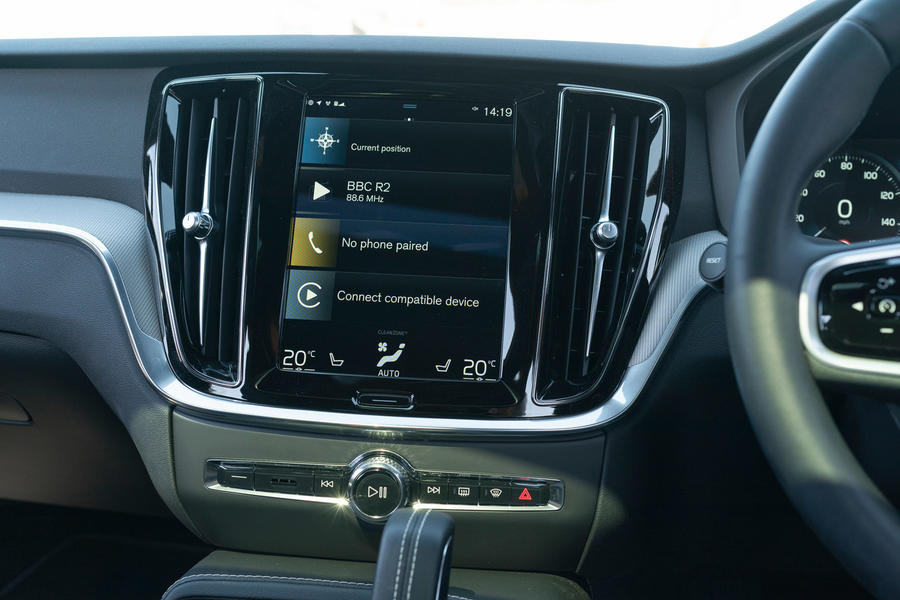 Volvo is still in the process of replacing its old Sensus Connect portrait-oriented infotainment with its new Android-based systems, which were first seen on last year’s revised XC60. The 2023-model-year V60s will get this new system, but our test car retained the old one; and, while it was missing some functionality, its usability was excellent.
Volvo is still in the process of replacing its old Sensus Connect portrait-oriented infotainment with its new Android-based systems, which were first seen on last year’s revised XC60. The 2023-model-year V60s will get this new system, but our test car retained the old one; and, while it was missing some functionality, its usability was excellent.
That wired smartphone mirroring for Apple and Android devices is a cost option is disappointing on a near-£50,000 car. We would struggle to criticise the Sensus system in many other respects, though.
Swiping the home screen left and right makes it easy to find and disable things like parking sensors and lane keeping assistance, when you know how; the navigation system is clearly displayed and easy to follow; the digital instruments are simply and smartly rendered; and there are plenty of physical knobs and buttons for important functions, too.
Experience of last year’s revised Volvo XC60 (which has the new system) suggests that we will miss this old set-up when it’s gone.



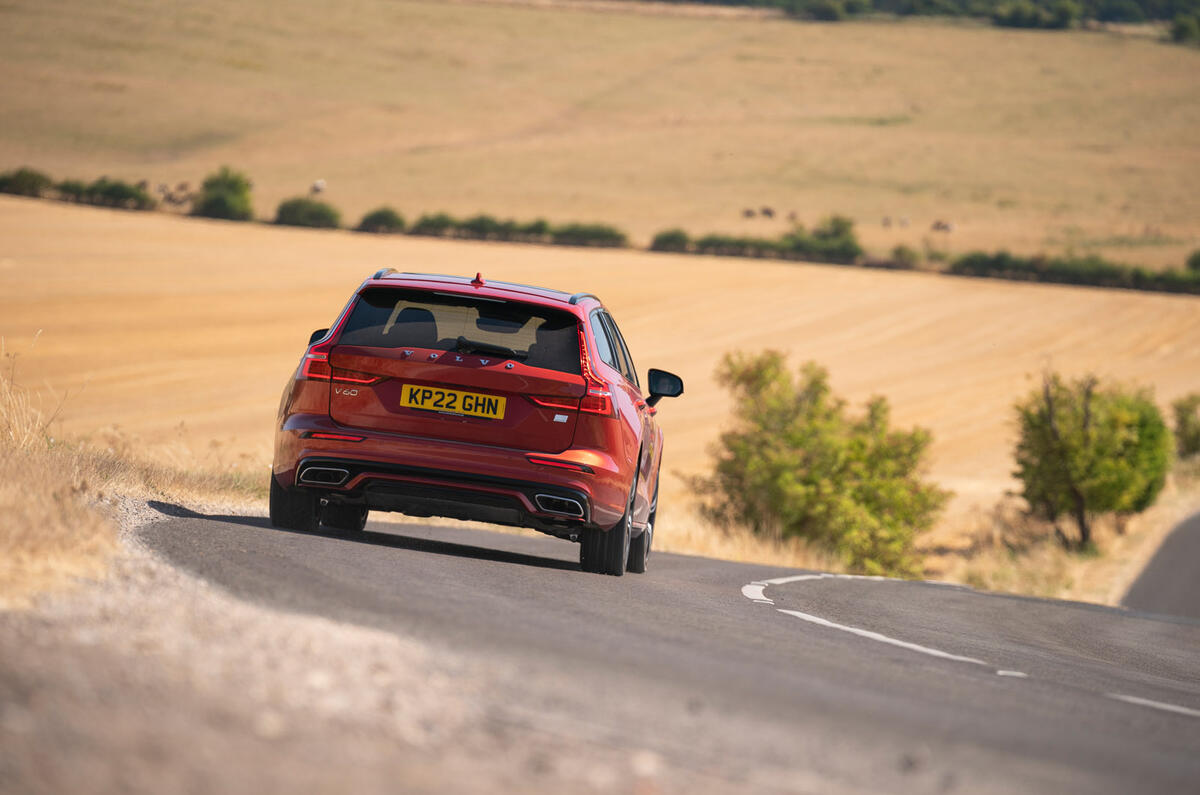



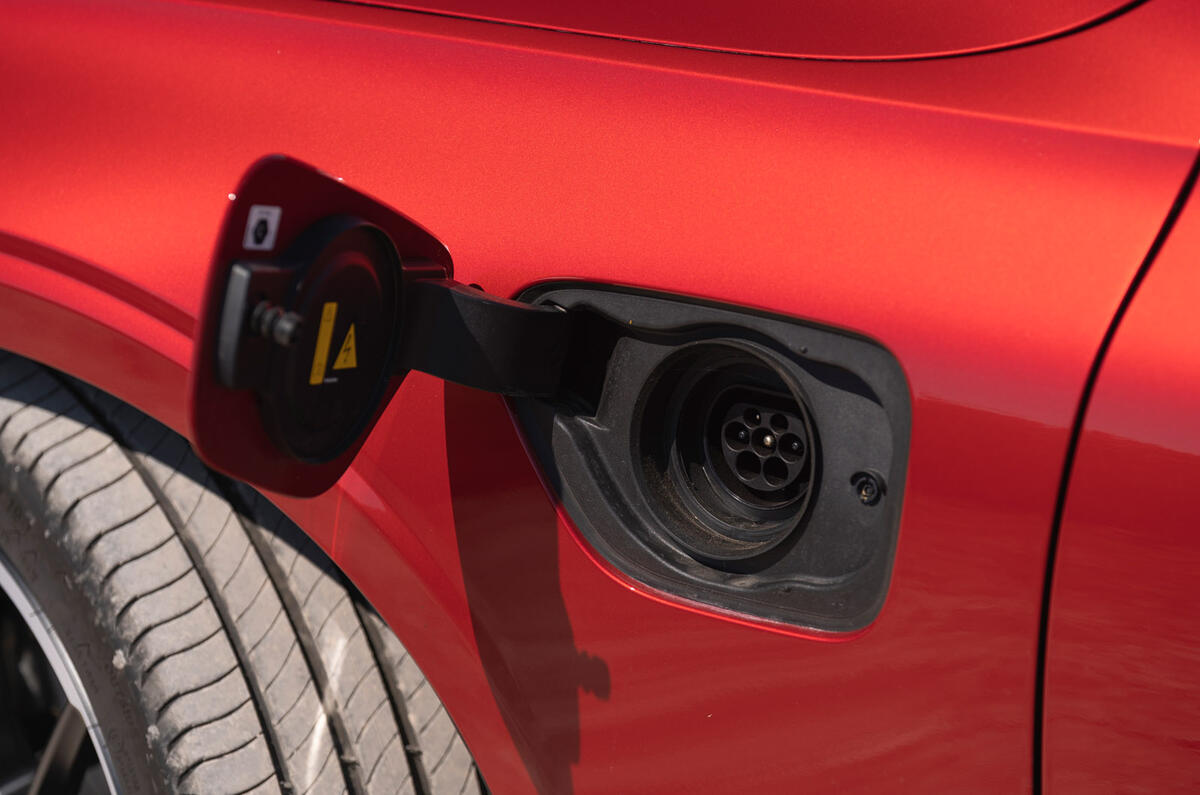
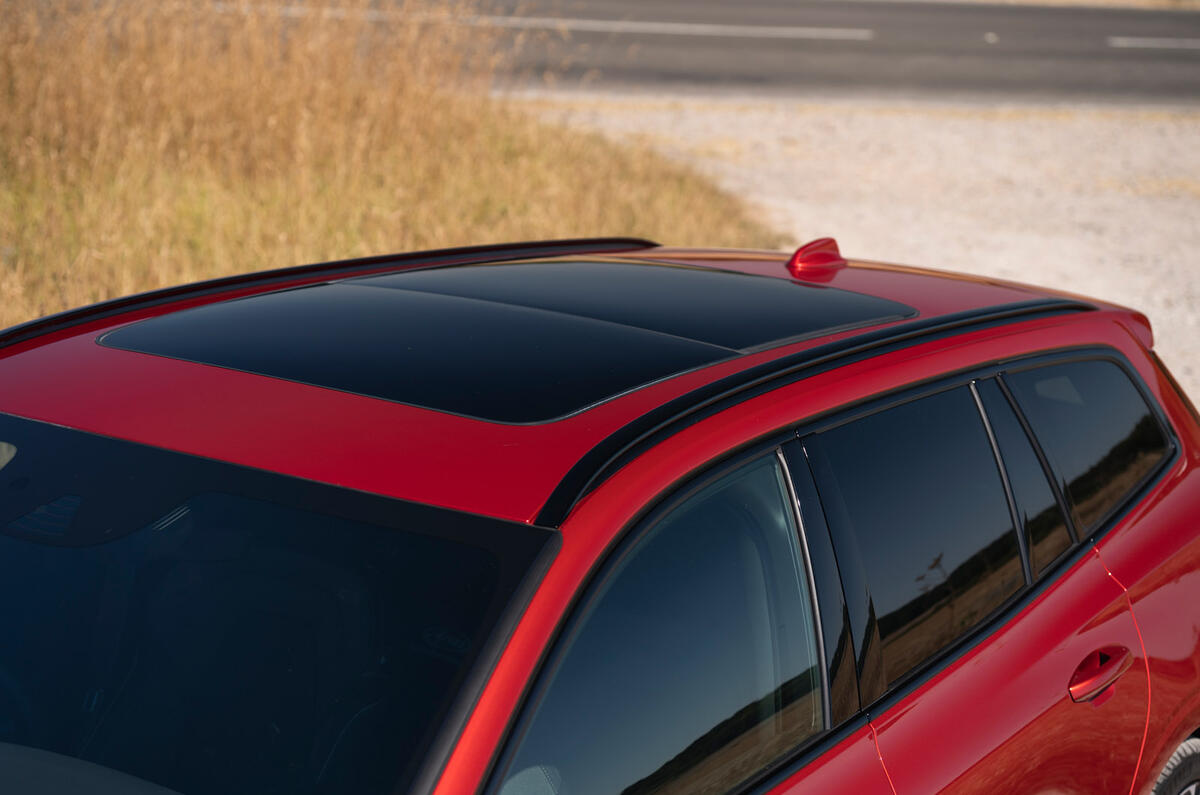
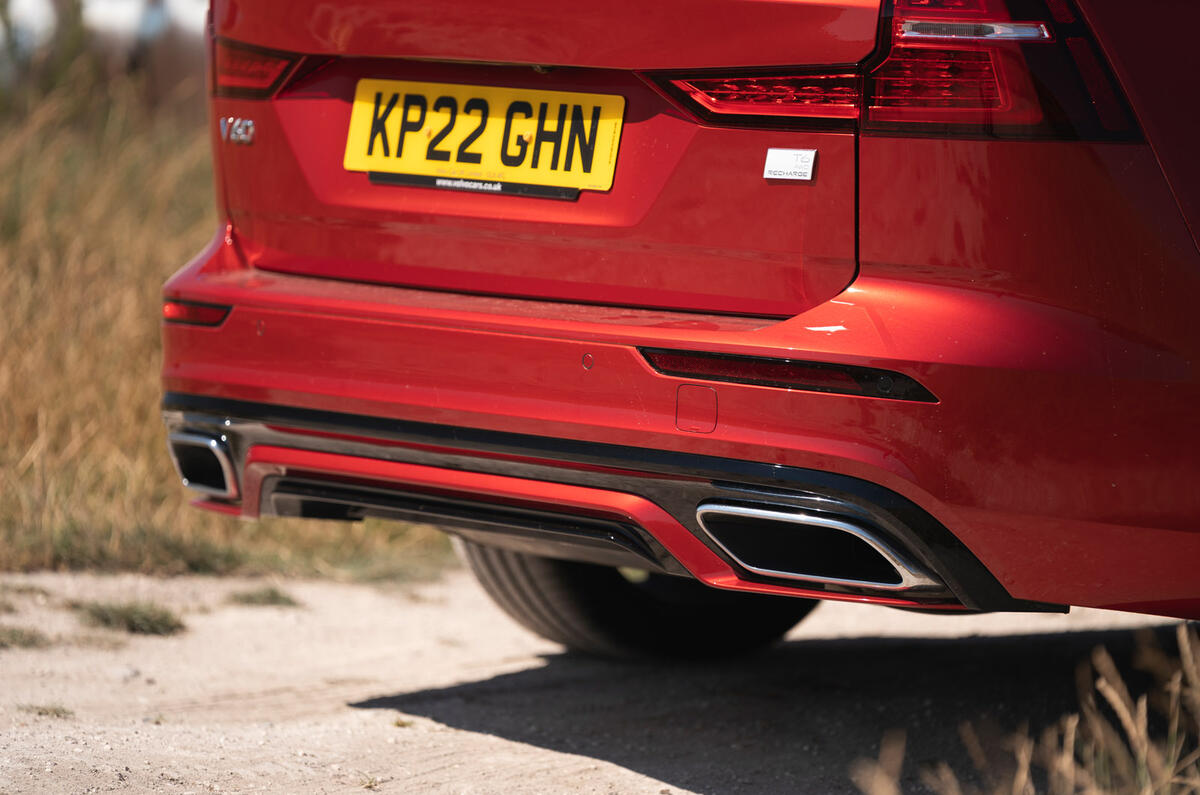


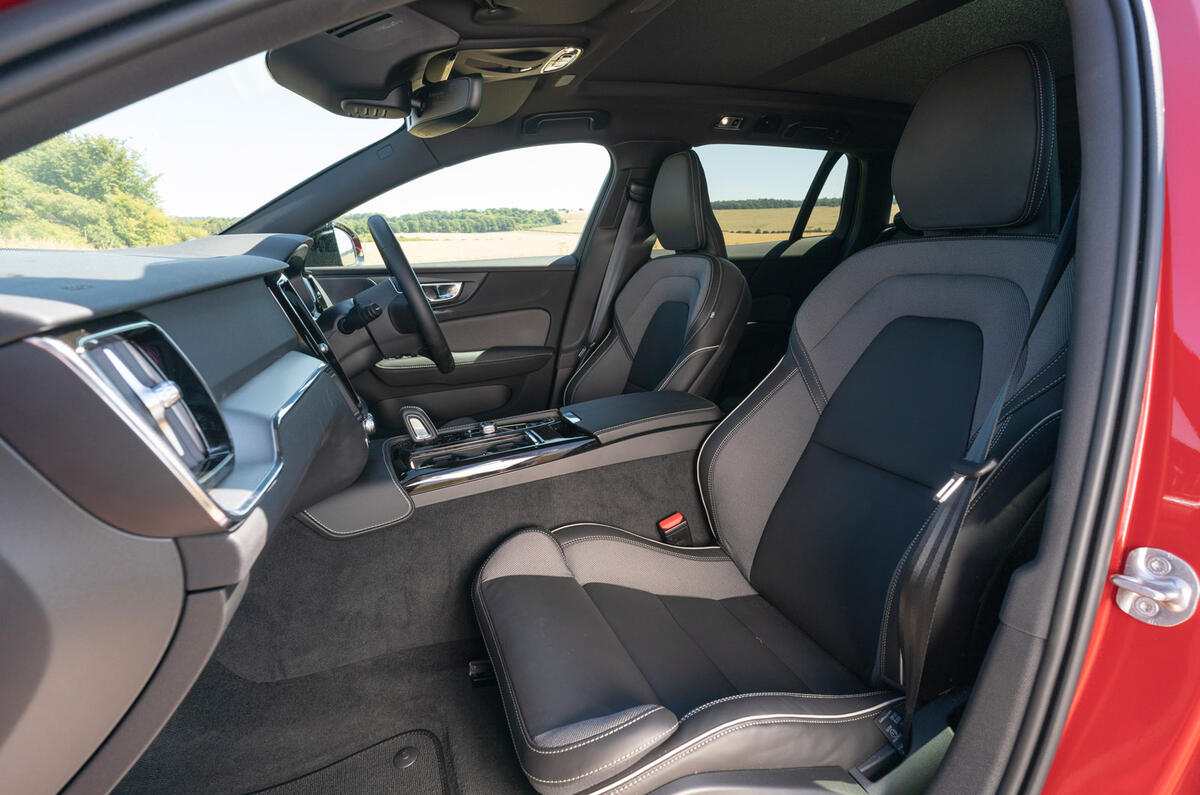
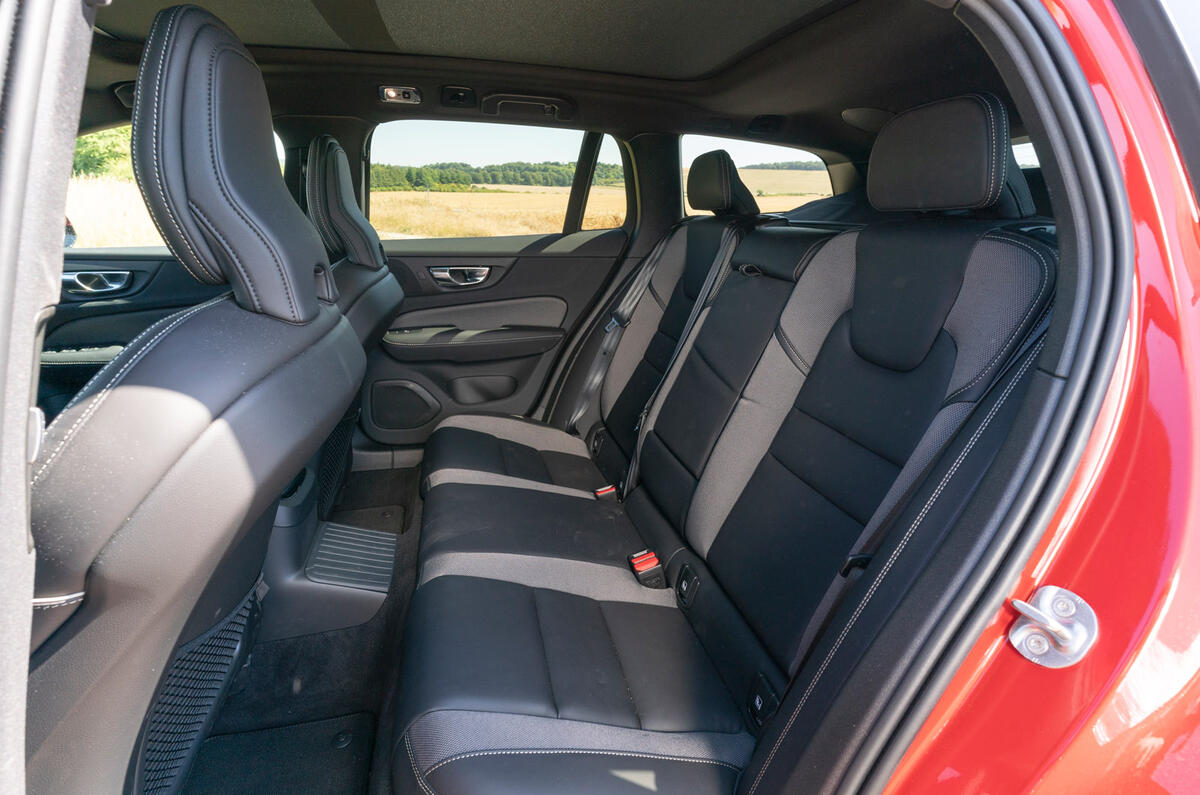
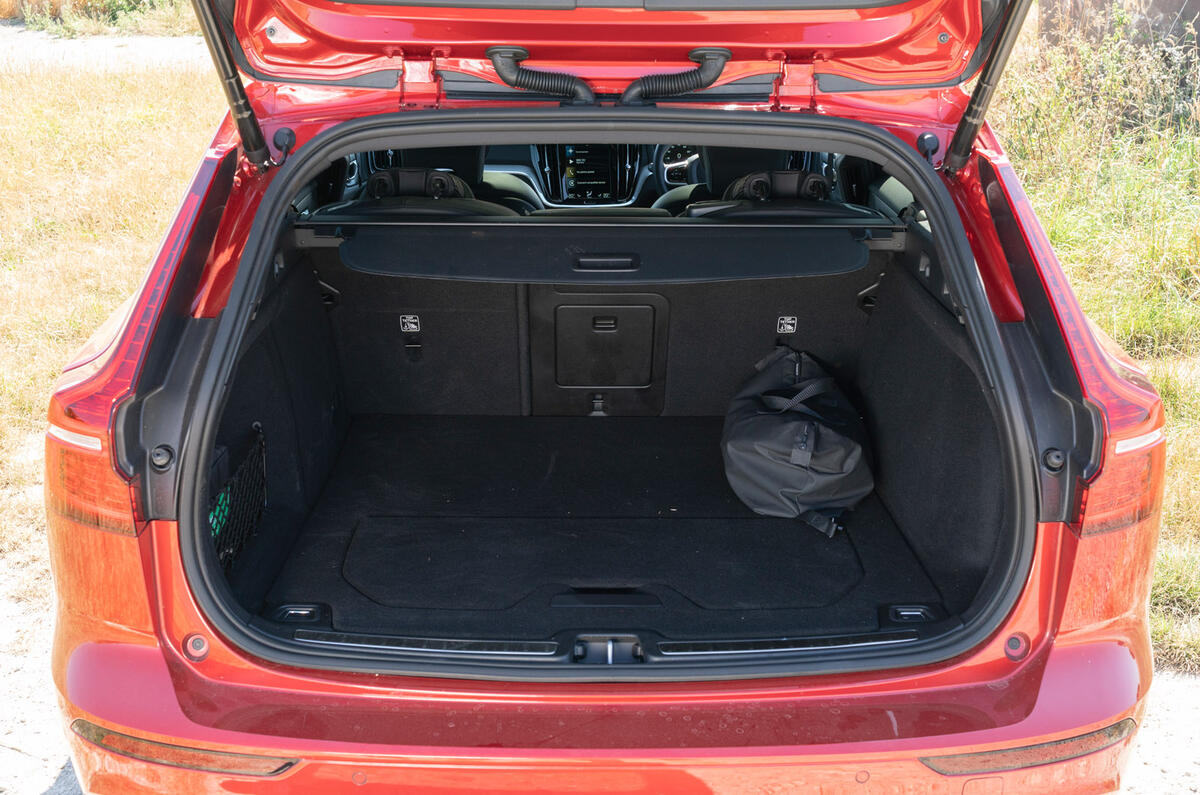
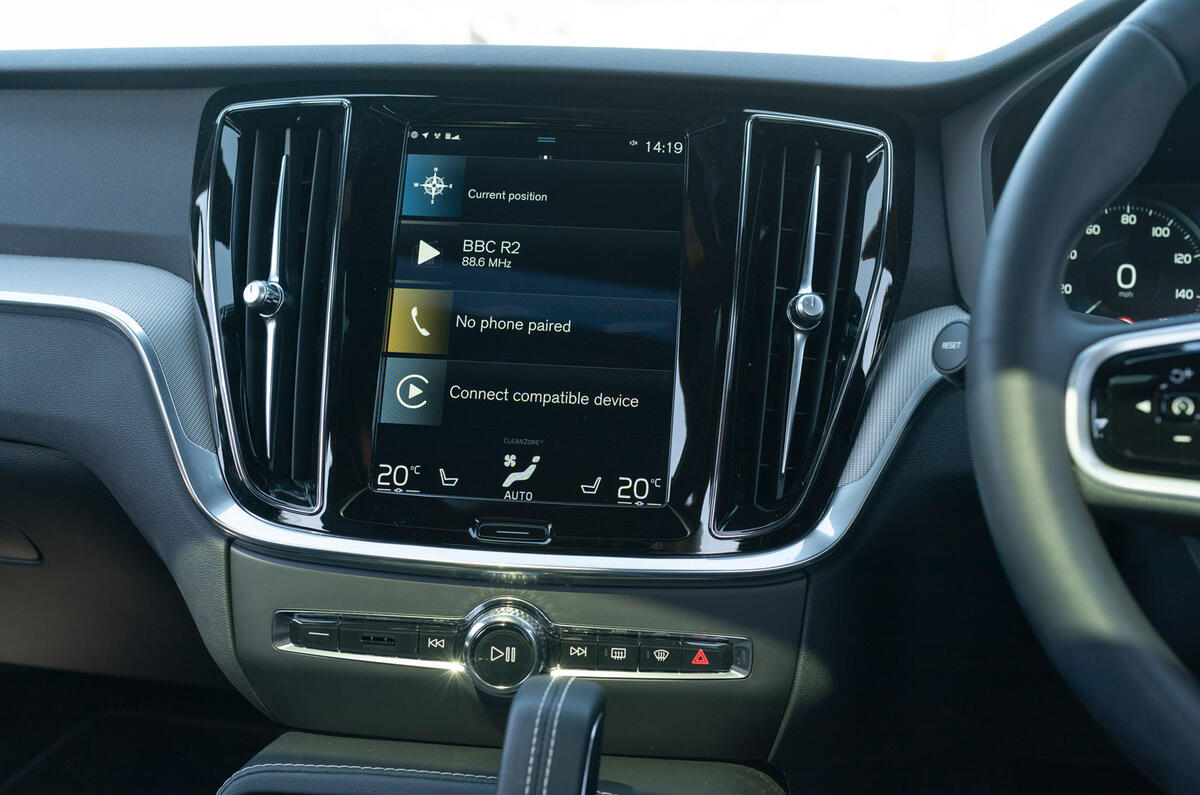
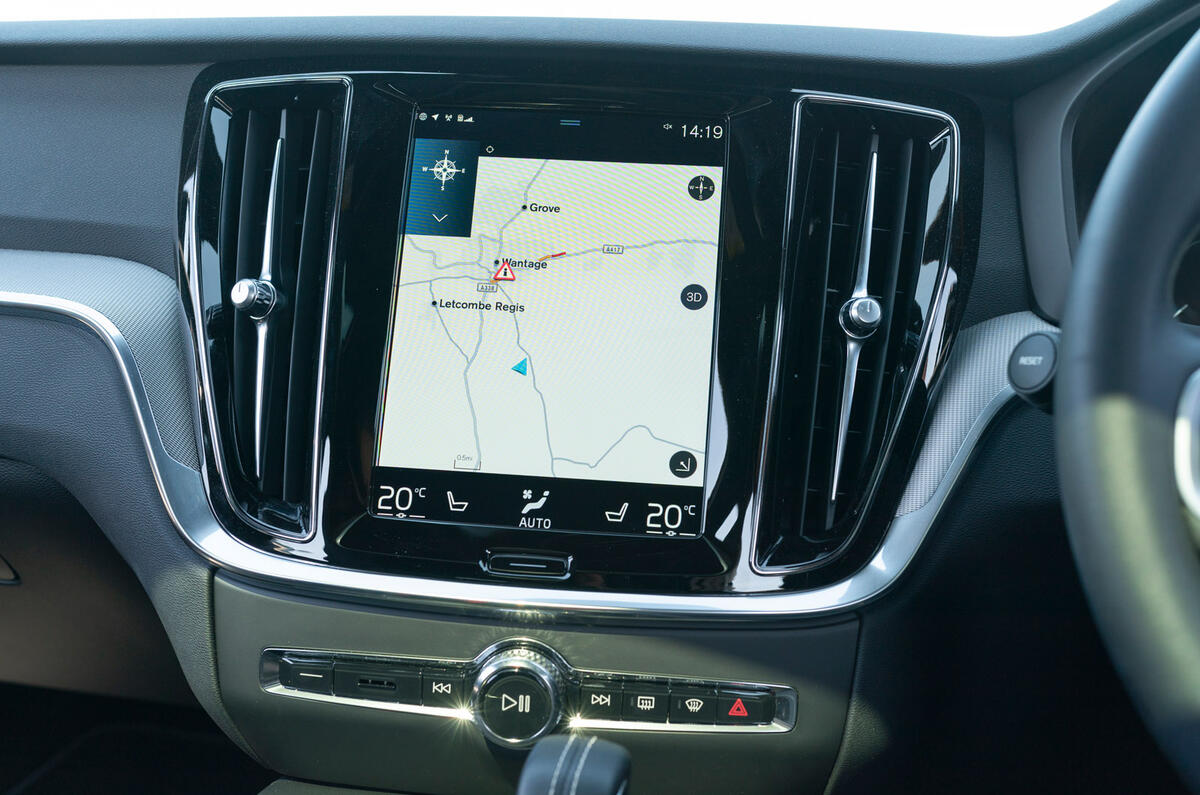
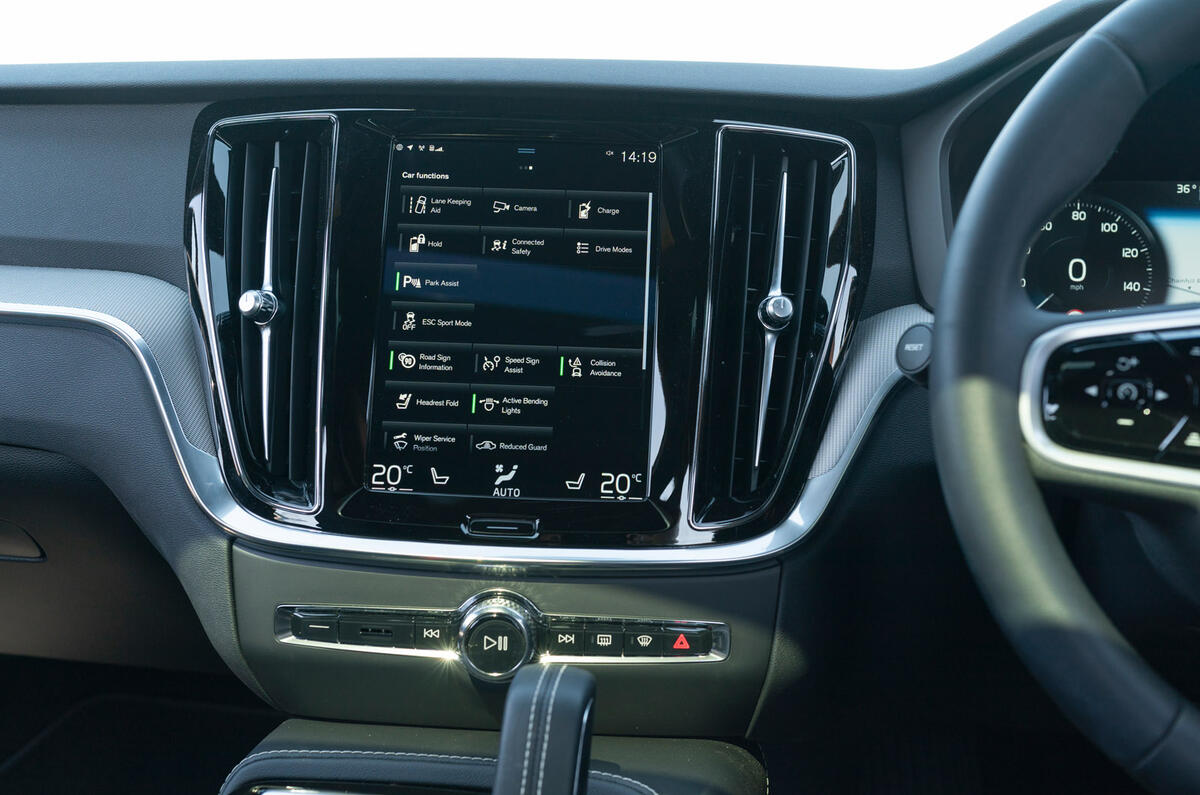
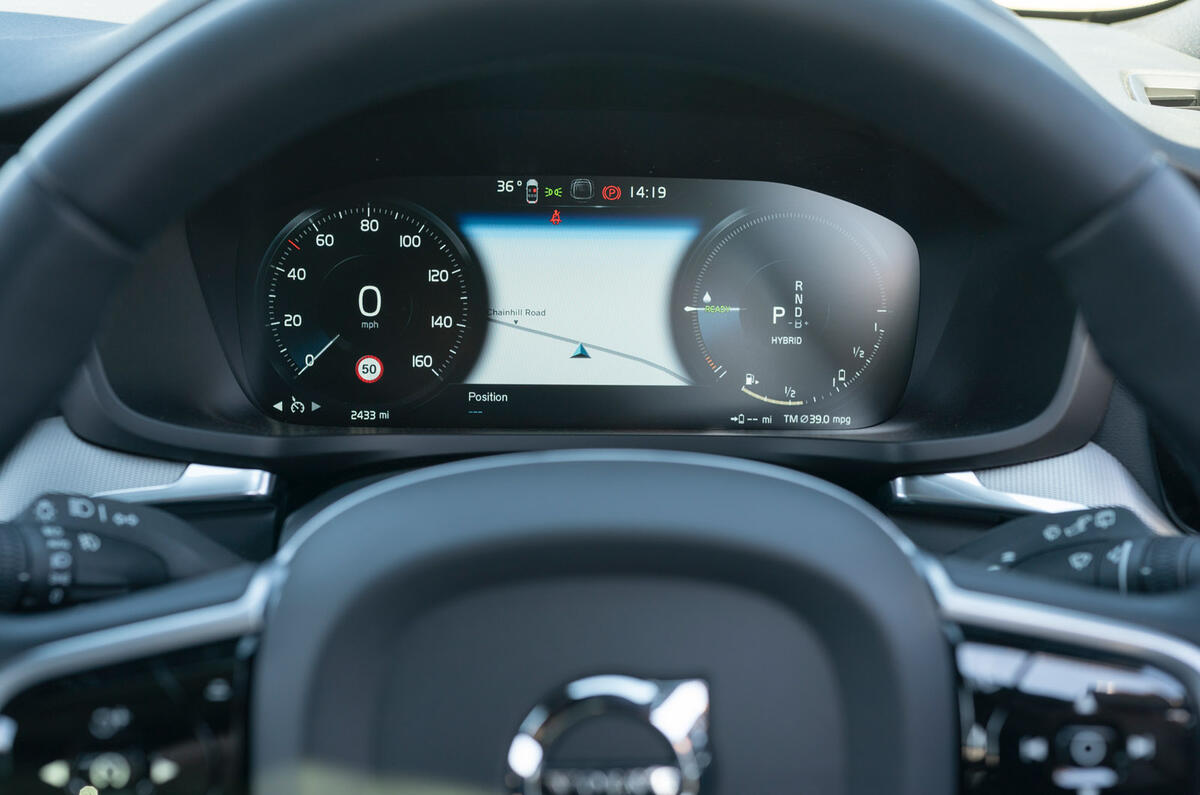


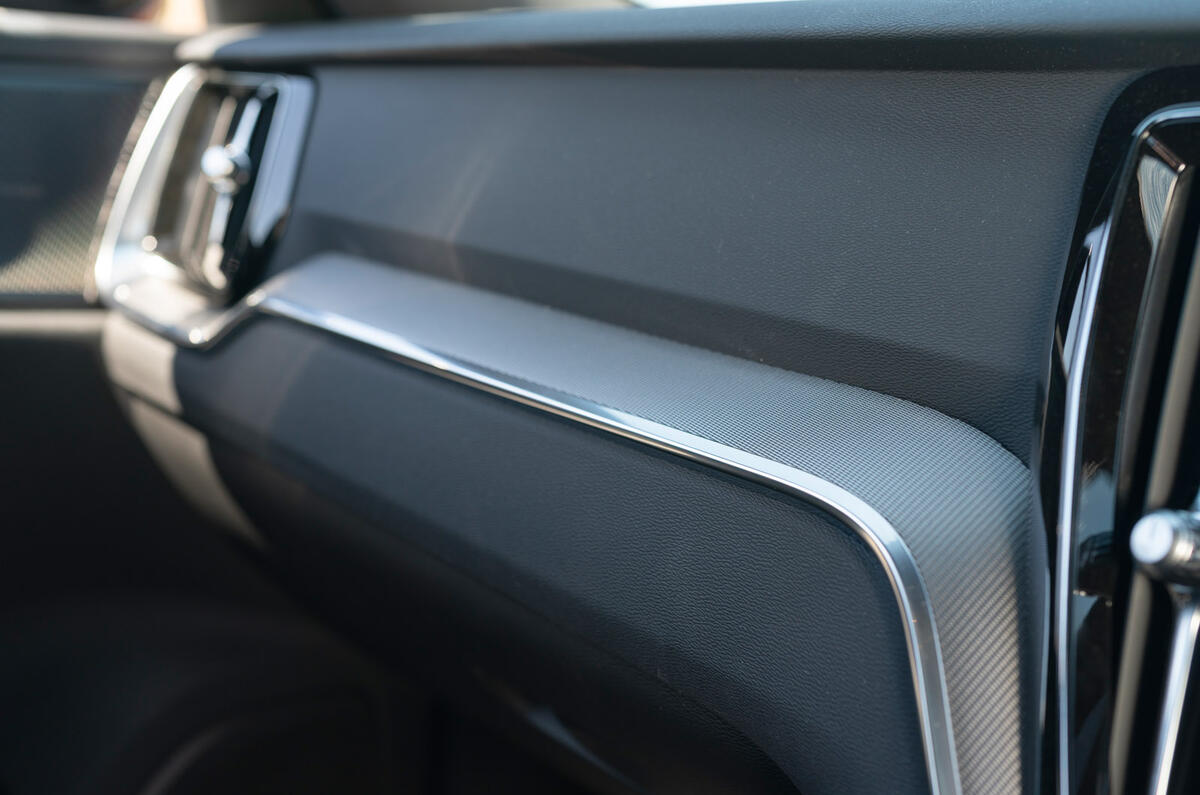
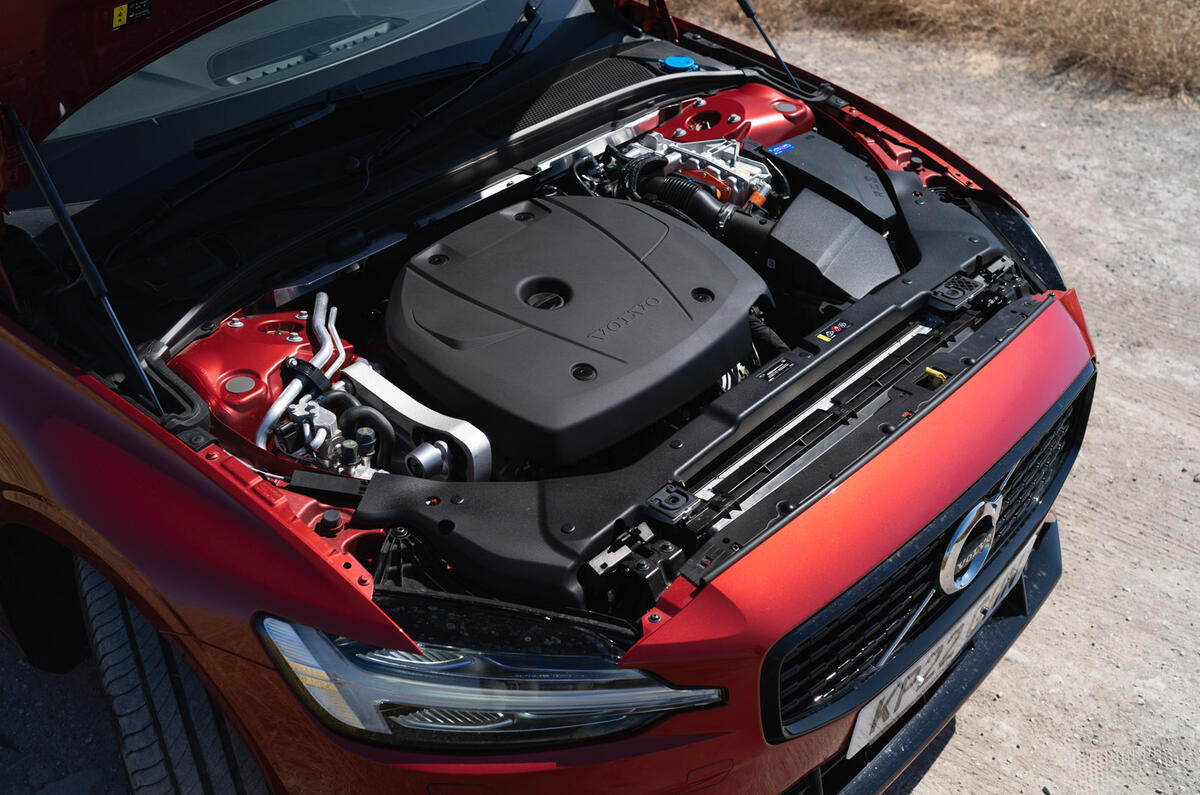

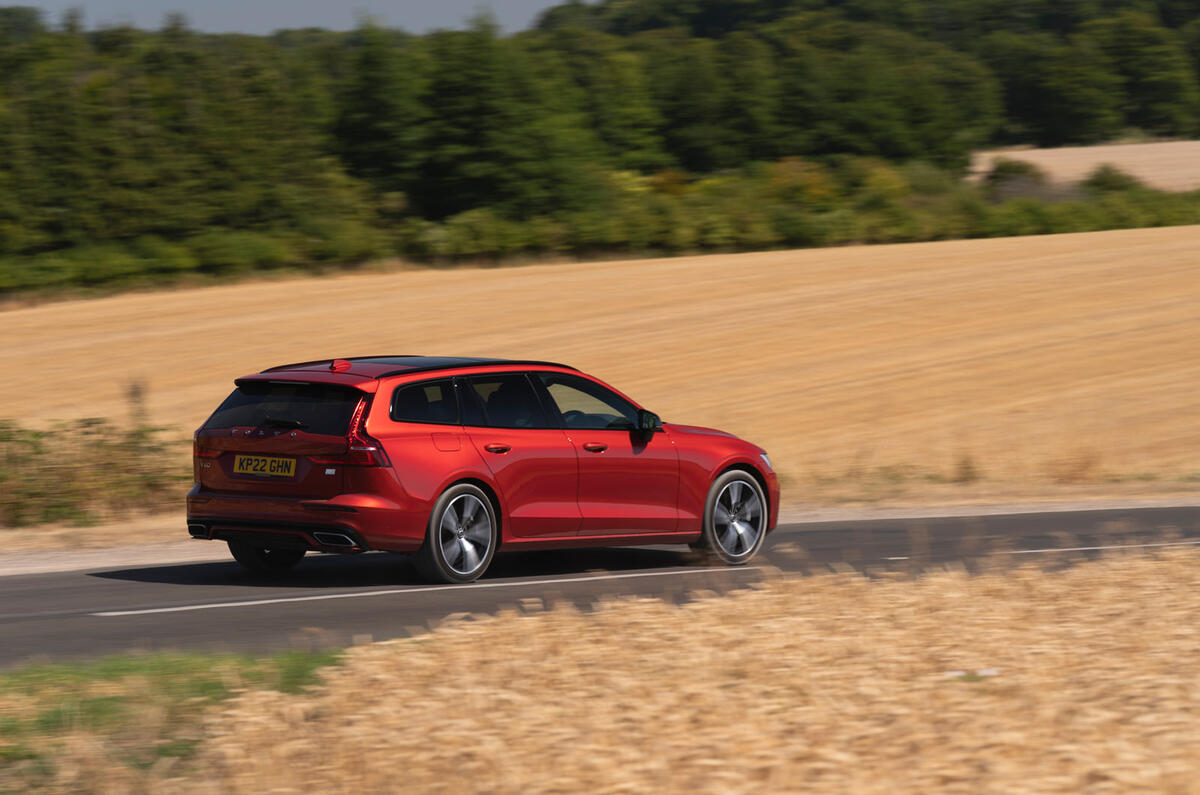
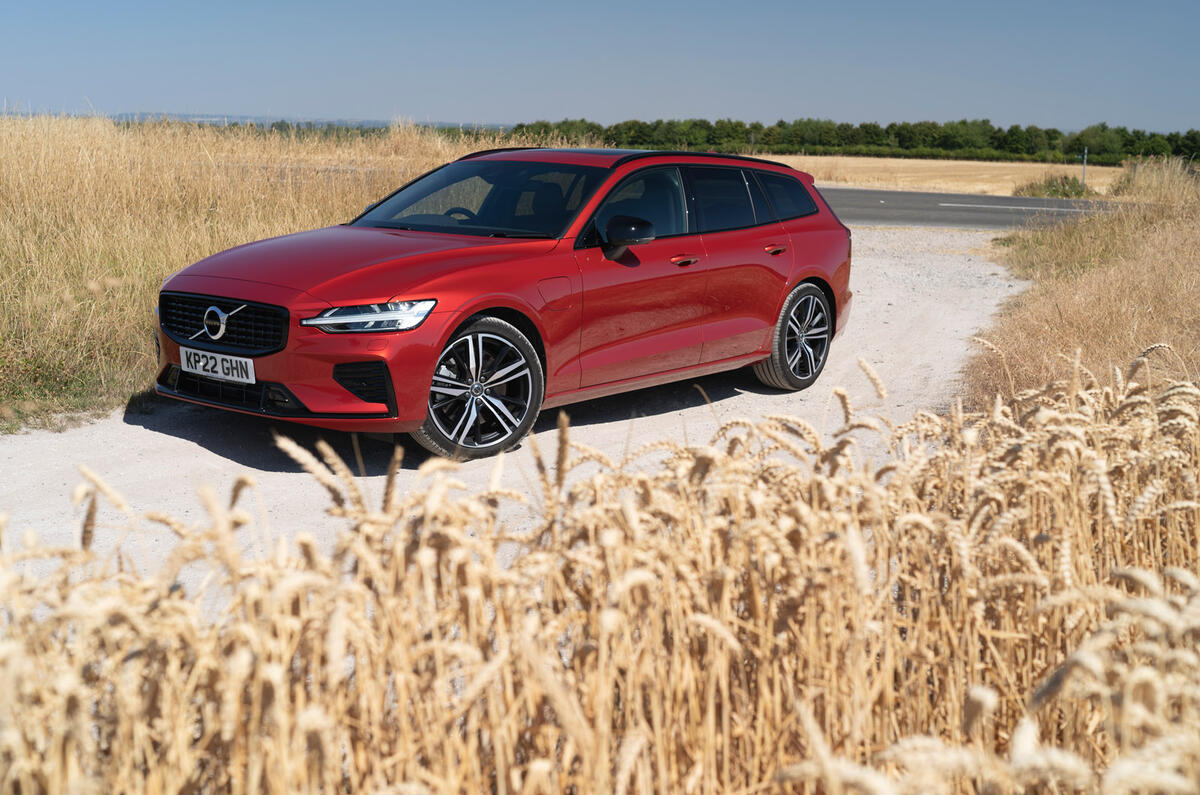
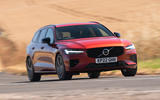

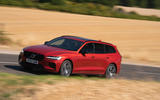
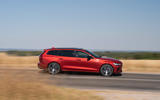
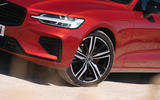
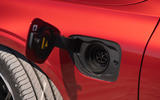
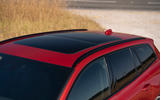
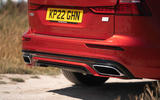
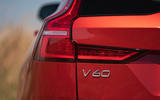
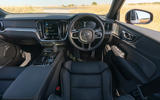

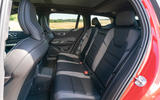

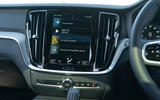













 Volvo is still in the process of replacing its old Sensus Connect portrait-oriented infotainment with its new Android-based systems, which were first seen on
Volvo is still in the process of replacing its old Sensus Connect portrait-oriented infotainment with its new Android-based systems, which were first seen on 





